shikuwasa
Shikuwasa: A Citrus Delight from Okinawa
Thuy Fang
Posted on July 01, 2025
Share:
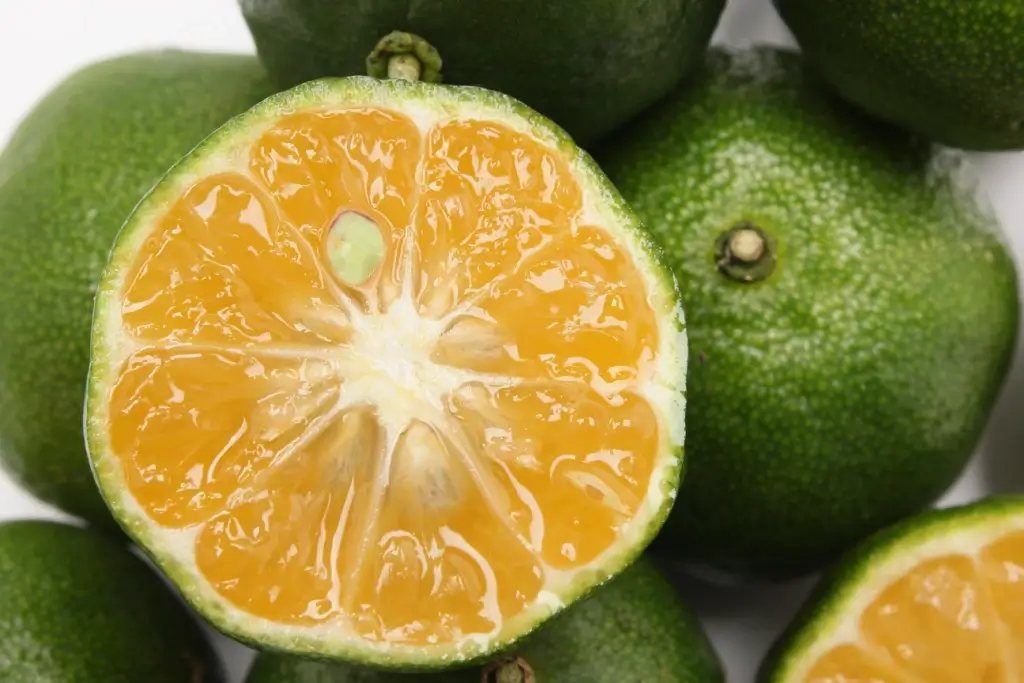
Okinawa, a Japanese island famous for having one of the longest life expectancies in the world, is also known for its unique local diet made up of fresh, regional foods. Among them is a unique citrus fruit called shikuwasa, which is packed with healthful properties and is widely used in various kinds of food and drink. Let’s explore this remarkable Okinawan fruit in more detail!
What is shikuwasa?
Shikuwasa is a special citrus fruit from the sunny Ryukyu Islands, especially Okinawa in Japan and parts of Taiwan. Local people have loved this fruit for hundreds of years, and it grows wild in the forests of Okinawa. Shikuwasa grows on trees that bloom with white flowers around April. The fruits appear in summer and are picked between August and February.
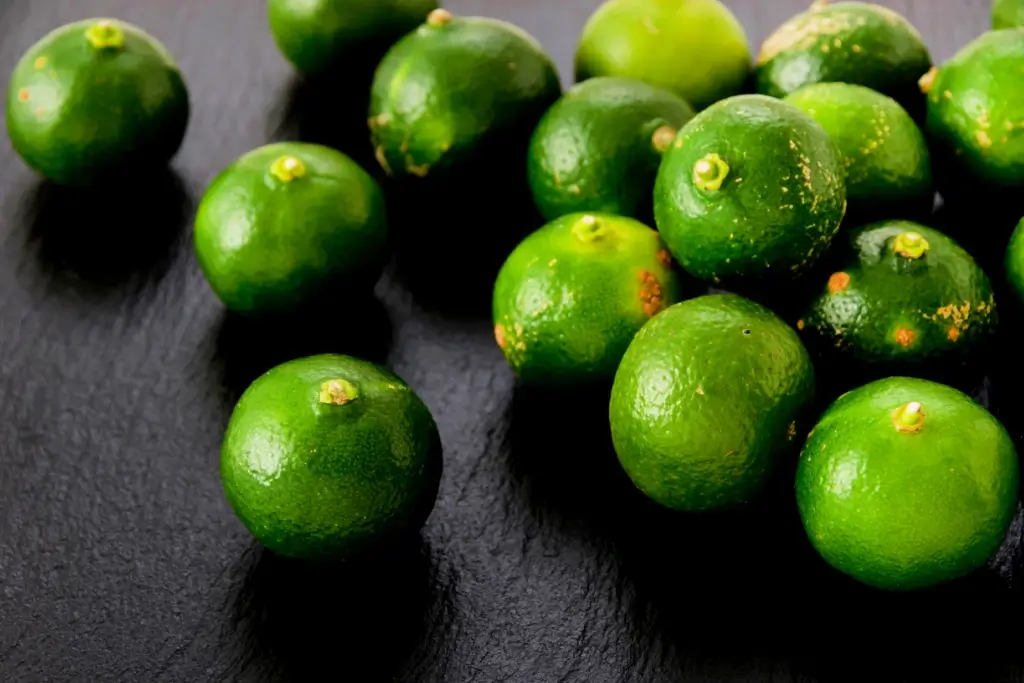
The name shikuwasa comes from the Okinawan words shii (sour) and kuwasa (eat), which together mean “eat the sour”. This funny name fits it perfectly since shikuwasa is known for its tangy, refreshing flavor. Long ago, people even used sour juice to soften plant fibers to make cloth. This shows further evidence of how versatile this fruit actually is!
At first glance, shikuwasa looks like a tiny lime or tangerine, with a round shape and thin, smooth skin. Each fruit is petite and weighs between 25 and 60 grams (0.9 to 2.1 ounces). It’s bright green and super sour when unripe—much more sour than a lemon! However, if you wait until winter, it ripens into a golden yellow fruit that is sweeter and softer. It’s still tangy but has mild sweetness and a tiny floral aroma.
What are its amazing benefits?
Shikuwasa may be small, but it’s full of incredible powers! This cute citrus fruit contains vitamin C and flavonoids, especially nobiletin, which helps protect your brain, heart, and liver. Several studies say it might stop bad cells from growing. It also has synephrine, a special compound that helps the body burn fat and gives you more energy by boosting your metabolism.
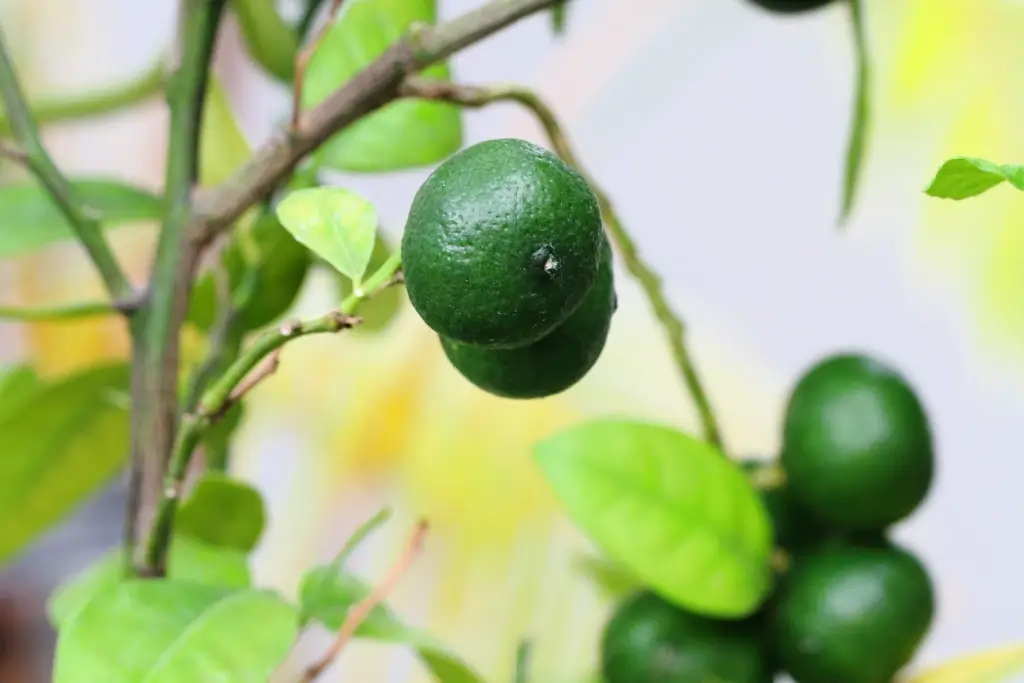
This fruit is also rich in antioxidants, like tiny shields protecting your body from harmful things. Some people call shikuwasa the “longevity fruit” because many Okinawans drink its juice and live long and healthy lives.
Shikuwasa isn’t just good for your health; it’s also a secret beauty helper! The fruit’s oil is used in many skincare products, such as lotions, toners, and hair care. Additionally, the vitamin C inside helps brighten your skin, fade dark spots, and protect it from sunlight and pollution. Certain natural compounds in the fruit can also work against bacteria that can cause pimples or rashes, keeping your skin fresh and clear.
How is shikuwasa used in Japanese cuisine?
This citrus fruit is tasty in Japanese cuisine, especially in Okinawa. It adds a fresh, sour zing to many dishes. People love using the juice as a marinade for grilled meats and seafood. Just a splash of shikuwasa mixed with soy sauce or ginger makes the food juicy and full of flavor! Moreover, it’s also an excellent topping for cold noodle dishes such as somen or zaru udon. Even salads get a special twist when dressed with shikuwasa juice, olive oil, and some honey.
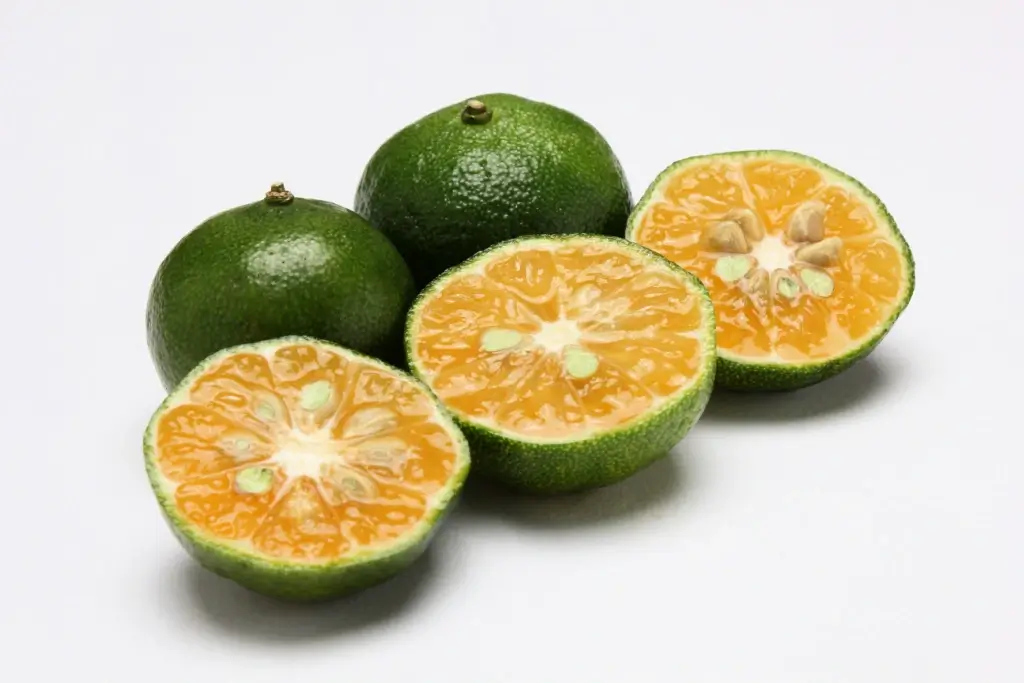
This vibrant citrus truly shines in sweet dishes! Its citrusy flavor is added to jellies, sorbets, and creamy desserts like cheesecake and panna cotta. Some people mix the juice into sponge cakes or drizzle it over tarts. You can even find a special Hi-Chew candy flavored with shikuwasa, exclusively in Okinawa. It’s sweet, zesty, and a delightful treat to enjoy!
Shikuwasa is also a popular choice for drinks. Though very sour, its juice becomes refreshing when mixed with soda or water. Many people make a kind of limeade by adding honey or sugar. Some even mix it into smoothies or iced tea to give them a citrusy boost. Adults in Okinawa often enjoy shikuwasa with awamori, a local rice-based drink. They mix the two with sparkling water or syrup to make fun, fizzy cocktails.
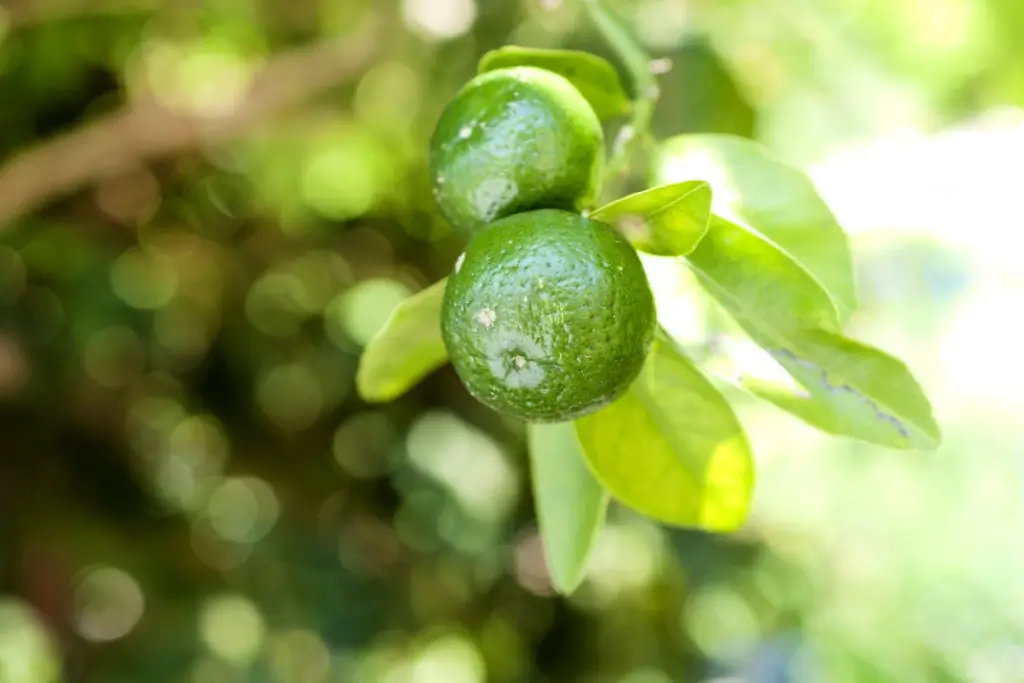
Why should I try this fruit?
You should try this fruit because it symbolizes Okinawa’s bright culture and nature. You’ll find it in local art, souvenirs, and big citrus festivals. This fruit has been part of local life for generations, used in everyday cooking, traditional drinks, and even old crafting methods. Its unique sour taste has also shaped flavors in Okinawan homes, while its lovely color and fresh aroma bring a sense of energy and joy. What kind of dish or drink would you like to enjoy with shikuwasa? Share your ideas in the comments!
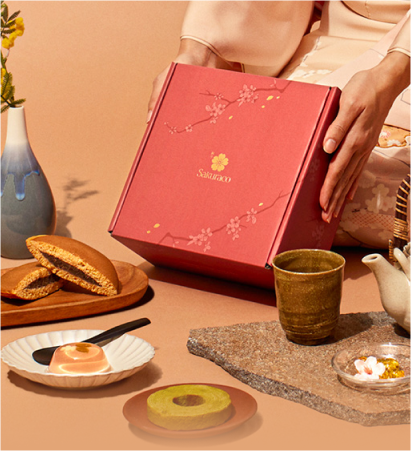
Discover authentic flavors with Sakuraco
Get Sakuraco 

Discover authentic flavors with Sakuraco
Get Sakuraco 
Related Articles
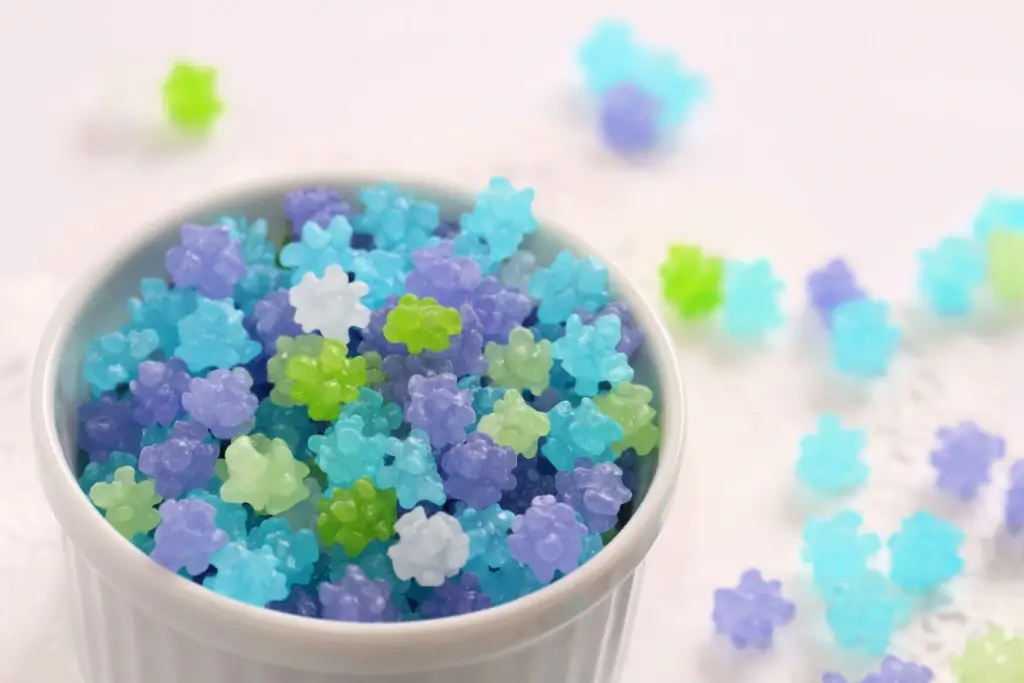
Konpeito Candy: What Makes This Starry Treat Shine?
If you are a fan of the famous Demon Slayer series, then you probably know that the favorite treat of the adorable Nezuko Kamado is those tiny, colorful little sweets.
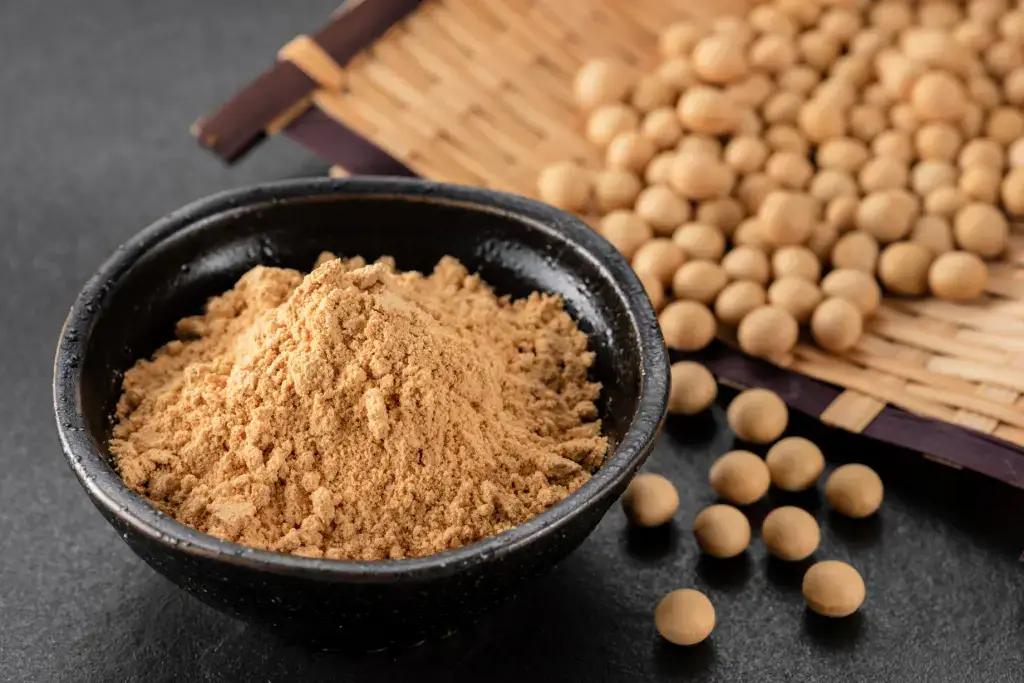
Kinako: The Amazing Roasted Soybean Powder!
Kinako is a very popular ingredient that can easily be found in many traditional Japanese sweets. It has a distinctive flavor, standing alongside other classic tastes such as red bean or sesame. Let’s explore this charming ingredient together, and who knows, you might even be able to make it in your own beloved kitchen!
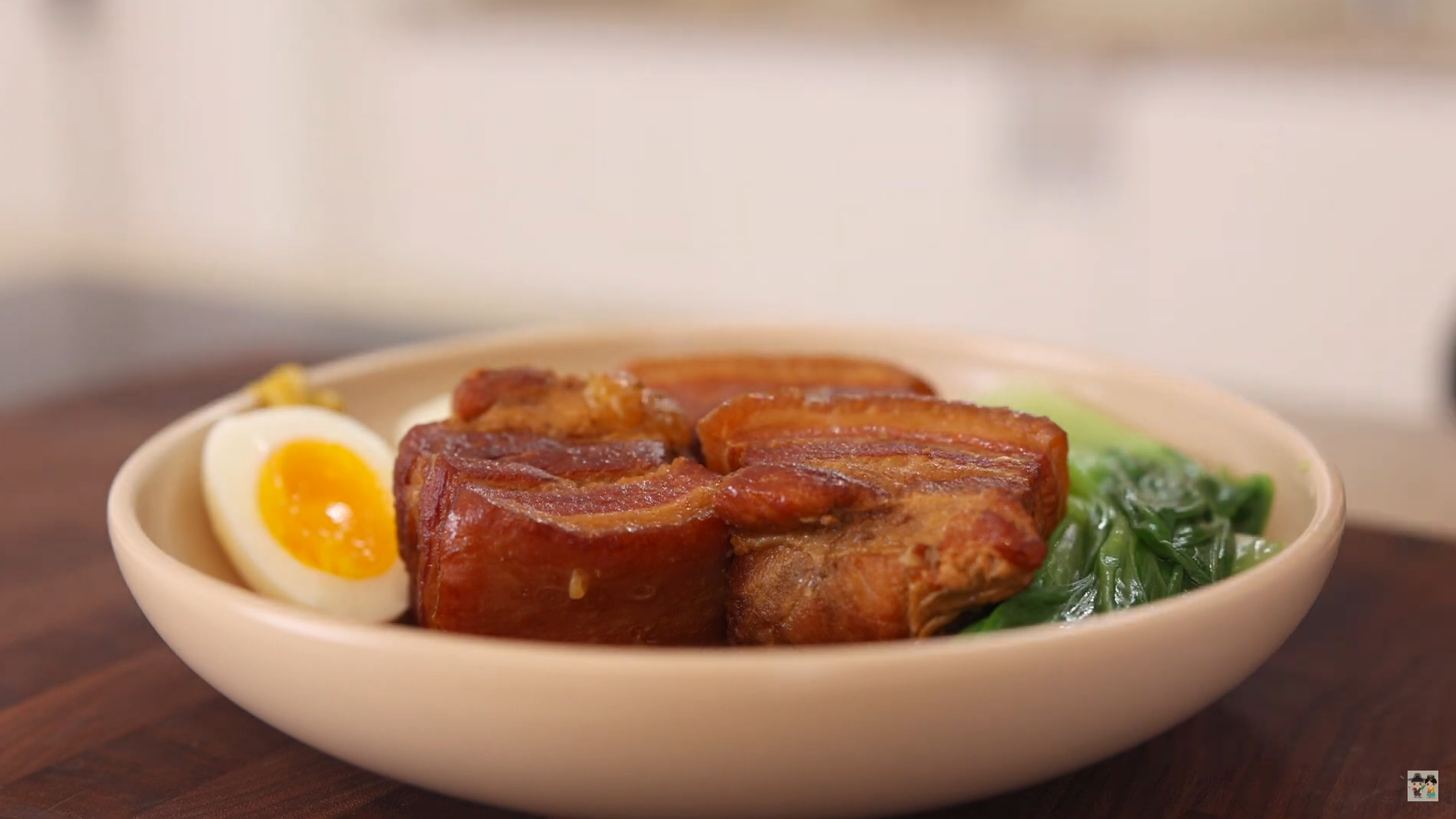
Aaron and Claire Make the Ultimate Japanese Pork Belly: Buta no Kakuni
If you want a Japanese dish that’s rich, tender, and simple to follow, Aaron and Claire show exactly how to make it in this episode. Aaron prepares Buta no Kakuni, a classic braised pork belly dish renowned for its rich flavor and tender texture.

Japan Christmas Traditions: Best Luxury Dinners in 2025!
Finding a memorable Christmas dinner in Japan can range from relaxed hotel buffets to refined multi-course experiences. Celebrating over dinner is considered a classic alongside other Christmas traditions, such as KFC.



